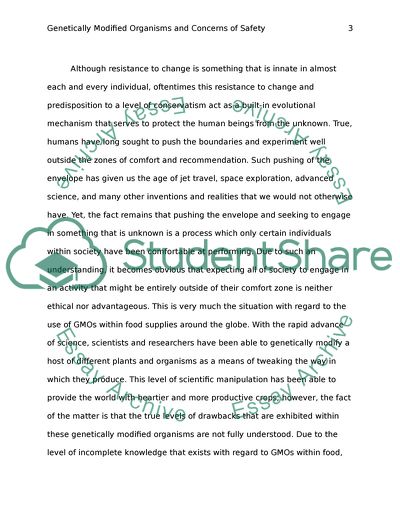Cite this document
(“Genetically Modified Organisms and Concerns of Safety Research Paper”, n.d.)
Genetically Modified Organisms and Concerns of Safety Research Paper. Retrieved from https://studentshare.org/biology/1822065-genetically-modified-organisms
Genetically Modified Organisms and Concerns of Safety Research Paper. Retrieved from https://studentshare.org/biology/1822065-genetically-modified-organisms
(Genetically Modified Organisms and Concerns of Safety Research Paper)
Genetically Modified Organisms and Concerns of Safety Research Paper. https://studentshare.org/biology/1822065-genetically-modified-organisms.
Genetically Modified Organisms and Concerns of Safety Research Paper. https://studentshare.org/biology/1822065-genetically-modified-organisms.
“Genetically Modified Organisms and Concerns of Safety Research Paper”, n.d. https://studentshare.org/biology/1822065-genetically-modified-organisms.


